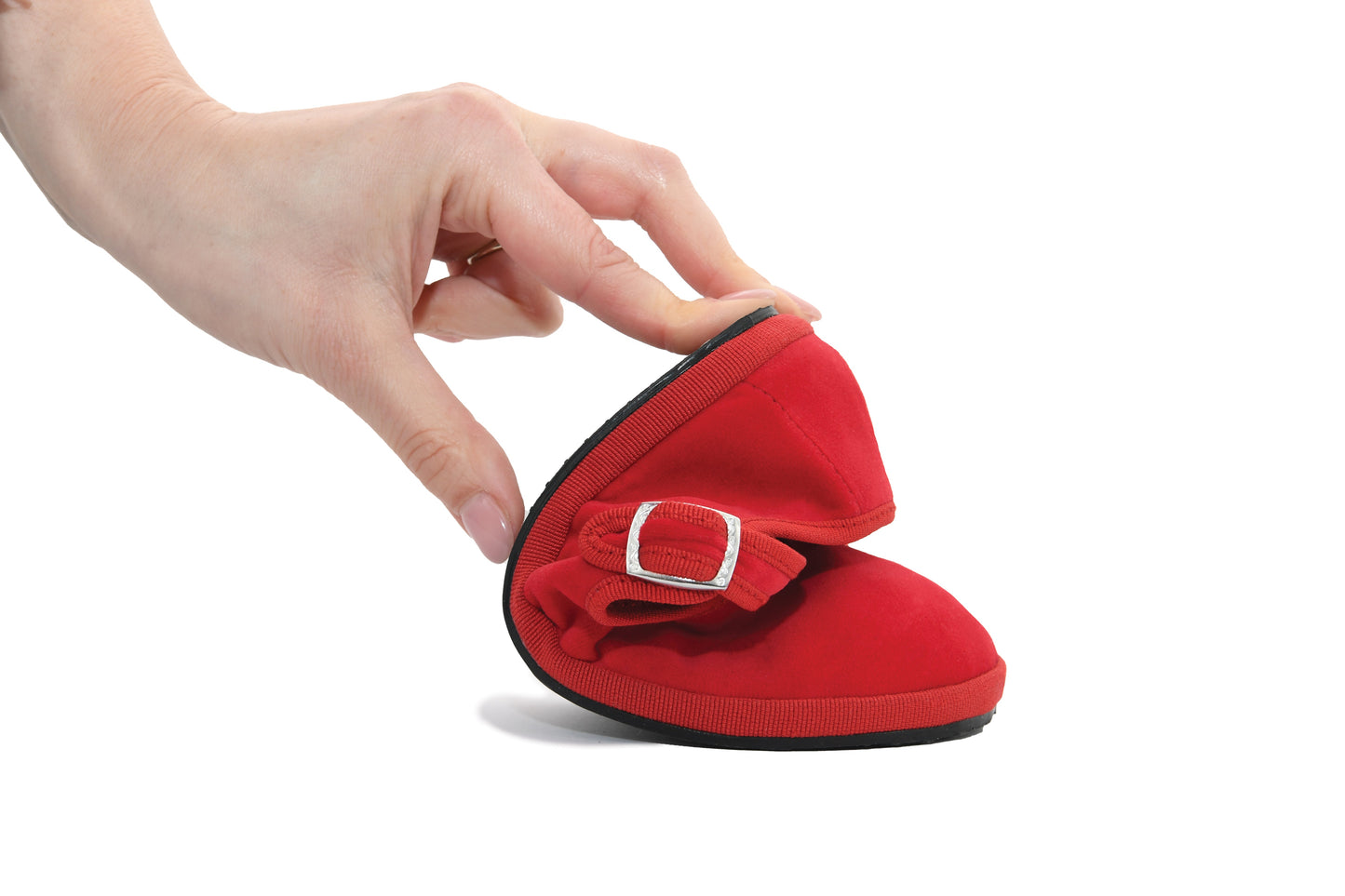
Introduction
In ancient times, humans walked barefoot, and as a result, the human foot adapted to moving on natural terrain without artificial protection . Barefoot walking can have benefits for health, posture, psychological well-being, and the environment.
Walking barefoot is probably the oldest form of human locomotion . The human foot has therefore evolved to adapt to various types of terrain, developing a complex structure of bones, muscles, tendons, and nerves that give it flexibility, sensitivity, and resistance.
Throughout history, going barefoot has been a practice among various cultures and populations, both out of necessity and choice. Some examples are the indigenous peoples of Australia, Africa, America, and Asia, who maintained the tradition of walking barefoot even after contact with Western civilizations. Other examples include Buddhist monks and pilgrims of various religions, who consider barefoot a sign of humility, devotion, and respect for nature.
The Ancient Romans
Some Roman philosophers, such as the Cynics, favored a simple and natural lifestyle, appearing in public barefoot or wearing very light sandals. Even some emperors, such as Julian the Apostate, followed this example, to demonstrate their closeness to the people and Greek philosophy.
From the Middle Ages to the Franciscans
In the Middle Ages, the situation was very different. Shoes were a luxury item, reserved for the noble and wealthy. Peasants and the poor, however, were forced to walk and run barefoot, or at most with cloth or leather bands wrapped around their feet. This meant greater exposure to wounds, infections, chilblains, and parasites. Furthermore, bare feet were considered a sign of humility and penance, and were used by pilgrims, beggars, and flagellants. Some religious orders, such as the Franciscans, adopted bare feet as a form of voluntary poverty and imitation of Christ. Going barefoot, therefore, was not a choice, but a necessity or a sacrifice. Despite these difficulties, some individuals managed to develop remarkable skill at running barefoot, taking advantage of the adaptive capabilities of the human foot.
Across the Atlantic Ocean
Concurrent with the discovery of America, Europeans were influenced by indigenous peoples in some aspects of daily life, both large and small. One of these was the use of leather sandals and the "discovery" of bare feet. The most famous case is that of the coureurs de bois. They were French-Canadian fur traders who traveled to New France and the interior of North America, usually to trade with First Nations peoples, exchanging various European objects for furs. Some of them learned indigenous traditions and practices and quickly assimilated to their new environments. The coureurs de bois came into contact with various indigenous populations who ran barefoot or in leather sandals, such as the Hurons, Algonquins, Nipissings, Cree, Ojibwas, and Sioux. These peoples were skilled runners and hunters, and used leather sandals to protect their feet from rocks and thorns.
Barefoot and sport
Even in the world of sports, going barefoot has had its moments of glory. One of the most famous was that of Abebe Bikila, the Ethiopian marathon runner who won the gold medal at the 1960 Rome Olympics running barefoot. We also remember Bruce Tulloh, who often ran barefoot, and Zola Budd, who dominated middle-distance races in the 1980s and was also a barefoot enthusiast.